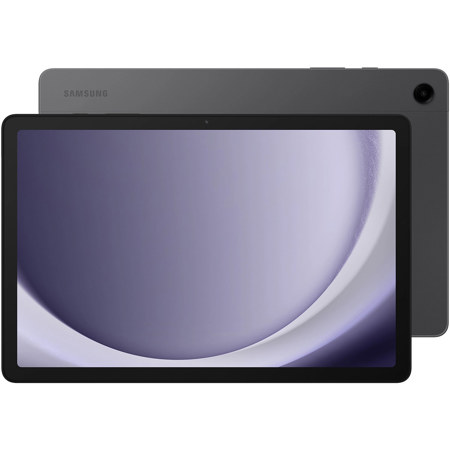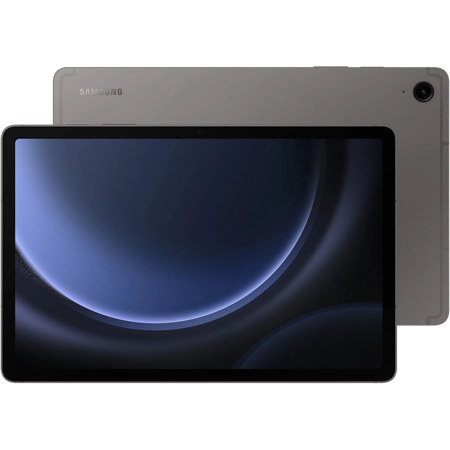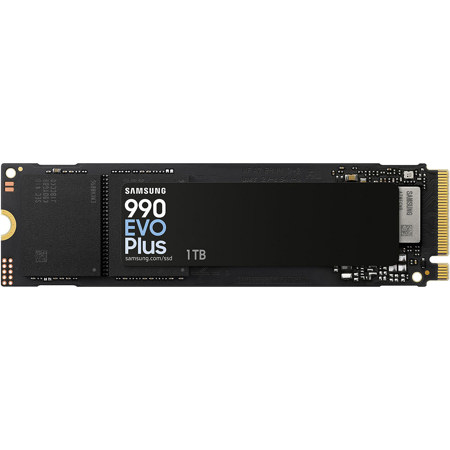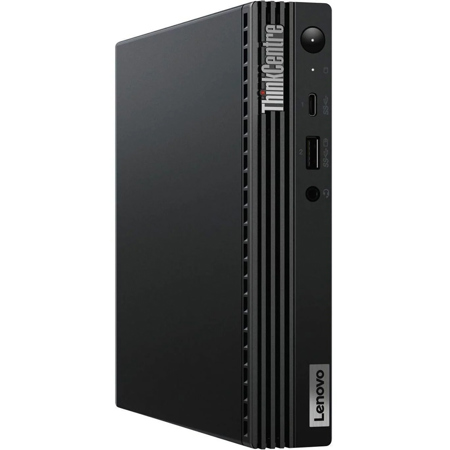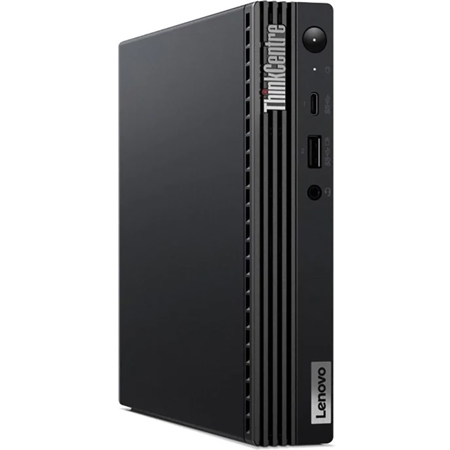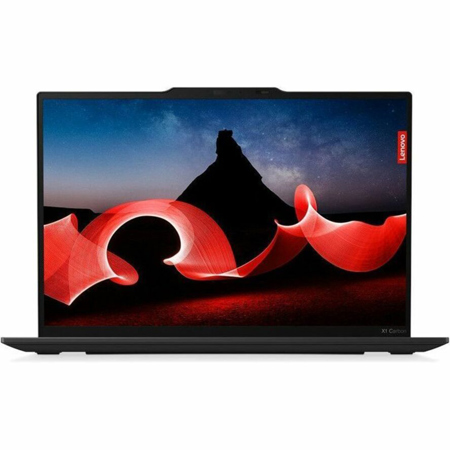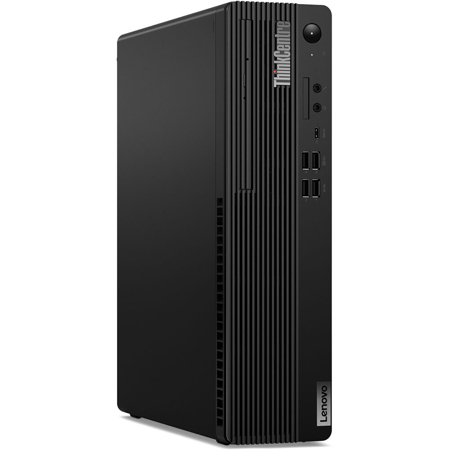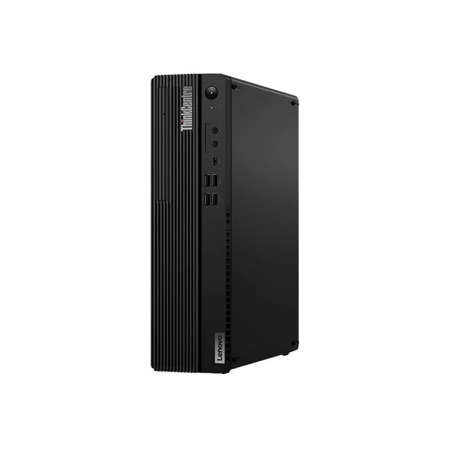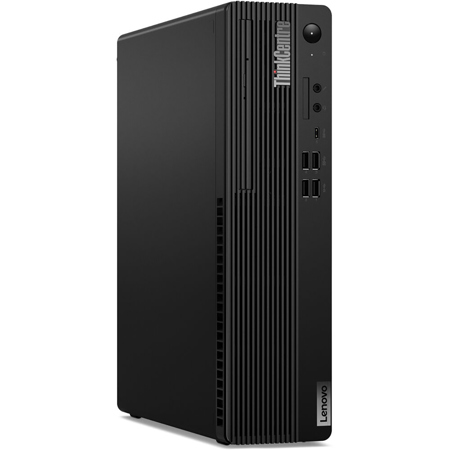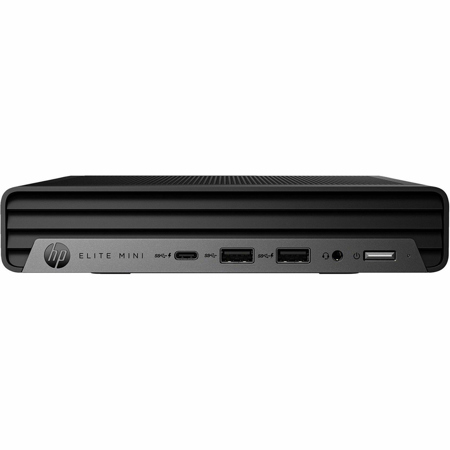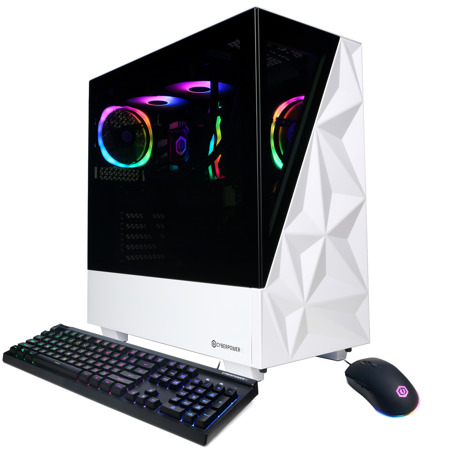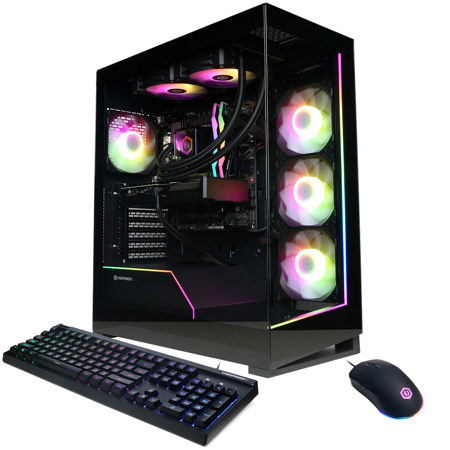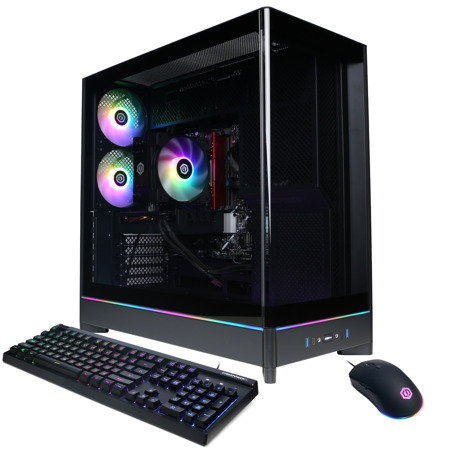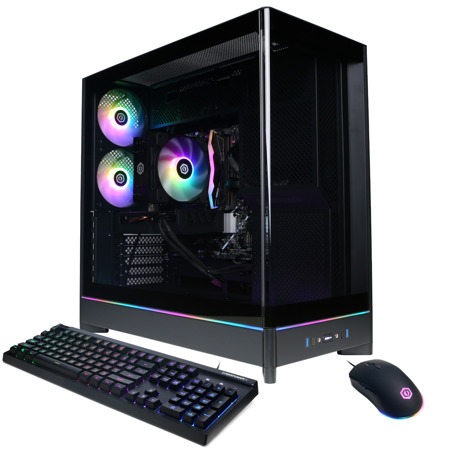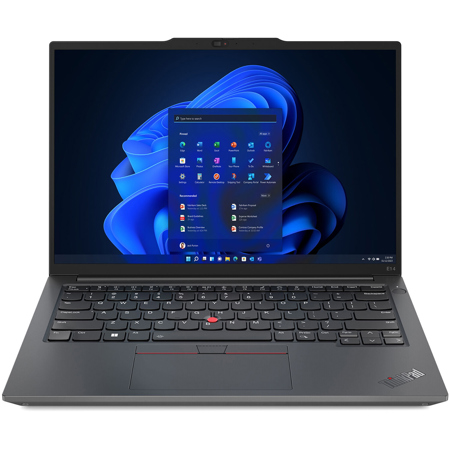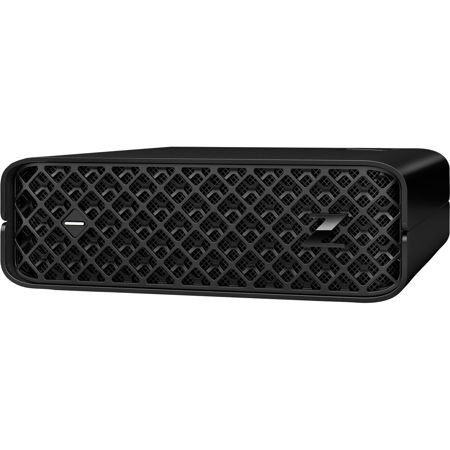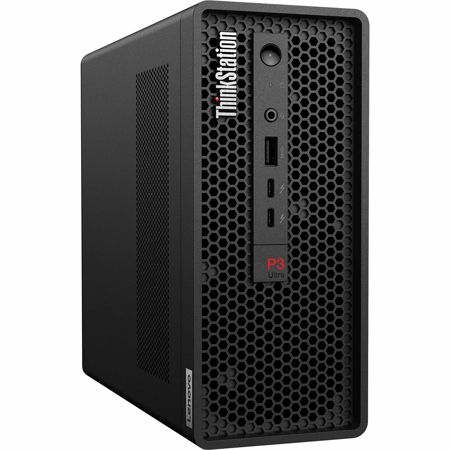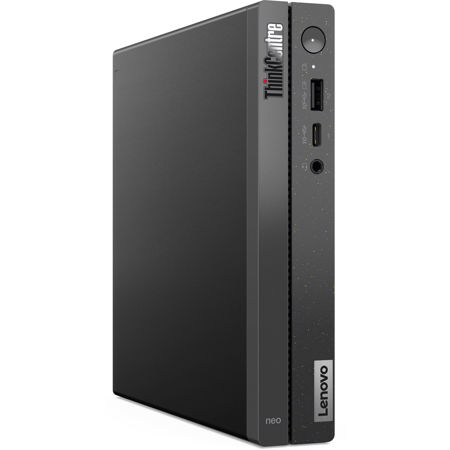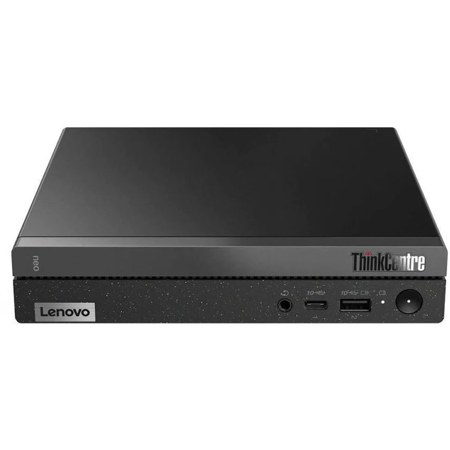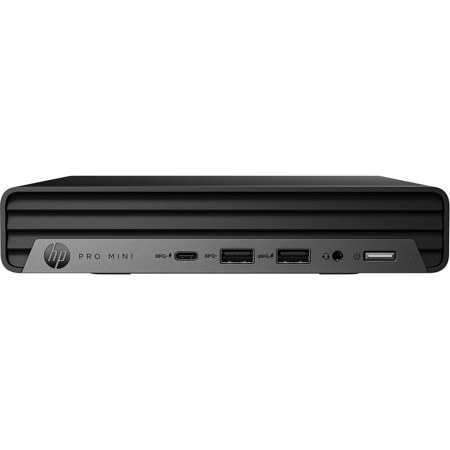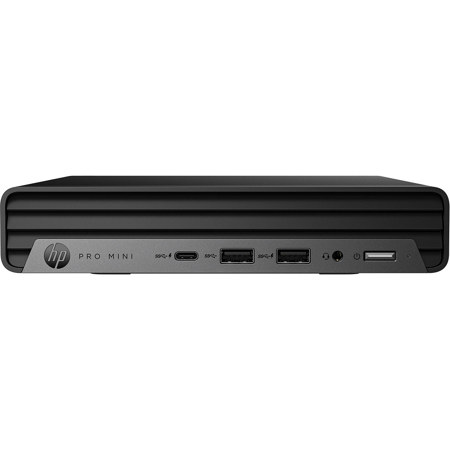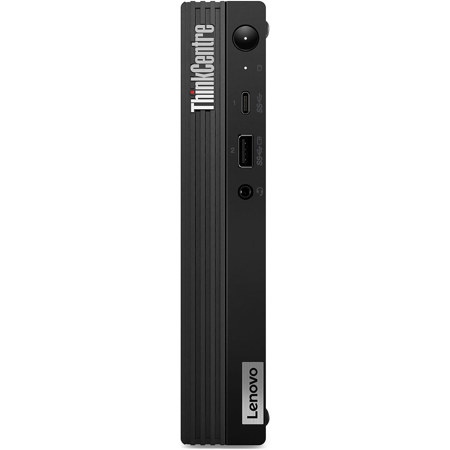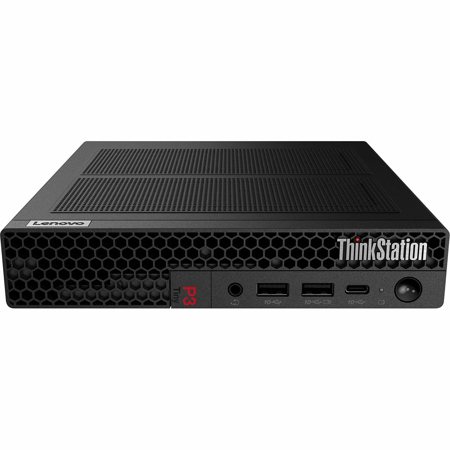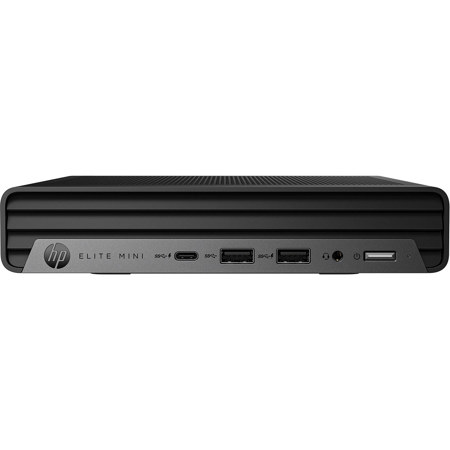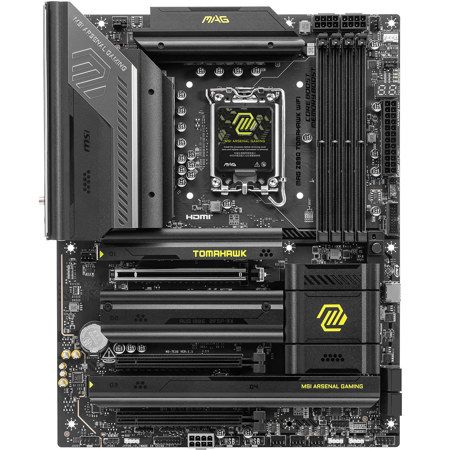High Speed Processors
In the ever-evolving world of digital creation, high speed processors have become the backbone of modern computing, powering everything from immersive gaming rigs to professional workstations used in scientific research, video production, and 3D rendering. As the leaves begin to turn and September ushers in a new season of productivity and creativity, many enthusiasts and professionals alike look to upgrade their systems for the busy months ahead. The demand for high speed processors is driven by the need for exceptional performance—think lightning-fast clock speeds measured in gigahertz, a multitude of cores and threads for seamless multitasking, and advanced cache technologies that keep data flowing smoothly. Whether you’re editing ultra-high-resolution video, compiling complex code, or running simulations that demand every ounce of computational muscle, the right processor can shave hours off your workflow and open up new creative possibilities. The nuanced differences between processors—core count, thread management, turbo frequencies, and cache architectures—can make all the difference when deadlines are tight and performance matters most.
Choosing a high speed processor is a decision that hinges on your specific needs and aspirations. For gamers seeking buttery-smooth frame rates in the latest titles, processors with high turbo frequencies and robust cache architectures deliver an edge in responsiveness and realism. Content creators, such as photographers, video editors, and 3D artists, benefit from CPUs with abundant cores and threads, allowing them to render complex scenes or process large RAW files with remarkable efficiency. In scientific and engineering fields, where simulations and data analysis can stretch hardware to its limits, workstation-class processors with advanced thermal management and large caches become indispensable. When building or upgrading a system, it’s important to consider not only the raw speed of the processor but also its compatibility with your motherboard’s socket type and the cooling solutions required for optimal performance. High speed processors often draw significant power and generate heat, necessitating robust power supplies and efficient cooling—details that can’t be overlooked when assembling a reliable, high-performance setup.
If you’re shopping for a tech enthusiast, a student heading into a demanding academic year, or a professional looking to elevate their workflow, a high speed processor can be a transformative gift that keeps on giving. The experience of unboxing a new CPU, carefully installing it, and feeling the system come alive with newfound speed is one that resonates with anyone passionate about technology. As your computing needs grow, pairing your processor with other high-performance components—such as High Speed Hard Drives—can further enhance your system’s capabilities, ensuring that storage and memory keep pace with your processor’s demands. In the end, investing in a high speed processor is about more than just numbers and specifications; it’s about empowering your creativity, streamlining your workflow, and staying ahead in a world where speed and efficiency are paramount.
Choosing a high speed processor is a decision that hinges on your specific needs and aspirations. For gamers seeking buttery-smooth frame rates in the latest titles, processors with high turbo frequencies and robust cache architectures deliver an edge in responsiveness and realism. Content creators, such as photographers, video editors, and 3D artists, benefit from CPUs with abundant cores and threads, allowing them to render complex scenes or process large RAW files with remarkable efficiency. In scientific and engineering fields, where simulations and data analysis can stretch hardware to its limits, workstation-class processors with advanced thermal management and large caches become indispensable. When building or upgrading a system, it’s important to consider not only the raw speed of the processor but also its compatibility with your motherboard’s socket type and the cooling solutions required for optimal performance. High speed processors often draw significant power and generate heat, necessitating robust power supplies and efficient cooling—details that can’t be overlooked when assembling a reliable, high-performance setup.
If you’re shopping for a tech enthusiast, a student heading into a demanding academic year, or a professional looking to elevate their workflow, a high speed processor can be a transformative gift that keeps on giving. The experience of unboxing a new CPU, carefully installing it, and feeling the system come alive with newfound speed is one that resonates with anyone passionate about technology. As your computing needs grow, pairing your processor with other high-performance components—such as High Speed Hard Drives—can further enhance your system’s capabilities, ensuring that storage and memory keep pace with your processor’s demands. In the end, investing in a high speed processor is about more than just numbers and specifications; it’s about empowering your creativity, streamlining your workflow, and staying ahead in a world where speed and efficiency are paramount.
Top Picks For High Speed Processors
- Samsung Galaxy Tab A9+ 11" WUXGA Wi-Fi Tablet, Qualcomm Snapdragon 695, Android 13, Graphite
- Samsung Galaxy Tab S9 FE 10.9" WUXGA+ Wi-Fi Tablet, Exynos 1380, Android 13, Gray
- Lenovo ThinkPad X1 Carbon Gen 11 14" WUXGA Touchscreen Notebook Computer, Intel Evo Core i7-1355U 1.7GHz, 16GB RAM, 512GB SSD, Windows 11 Pro, Deep Black
